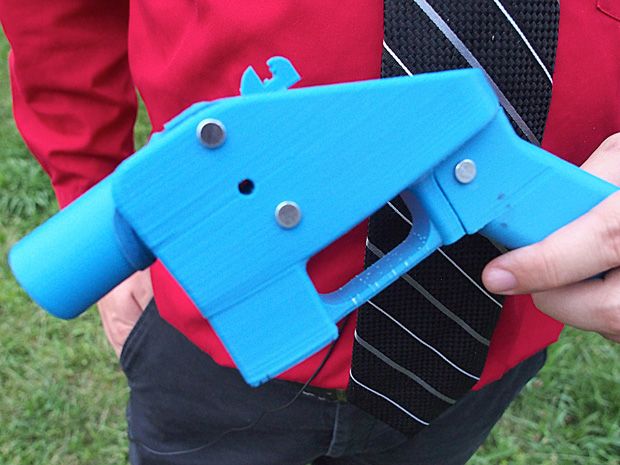DIY
iCandy: You 3-D Printed What?
Cars, clothes, guns—and even body parts—at the press of a button
04 Oct 2013
Photo: Robert MacPherson/AFP/Getty Images
▲
▲
▲
▲
▲
▲
▲
▲
▲
▲
stratasystype:slideshowtravis lerolmaterialiseeadsjan de cubberfasotecprostheticsprinceton universityaston martinmit media labiris van herpentools and toys
Willie Jones is an associate editor at IEEE Spectrum. In addition to editing and planning daily coverage, he manages several of Spectrum's newsletters and contributes regularly to the monthly Big Picture section that appears in the print edition.
